Author: Tian Hui
Should I buy an electric car or a gasoline car for 100,000 RMB?
This is the question that BYD Dolphin leaves to consumers. Compared to similar gasoline cars at the same price range, Dolphin has larger space, lower usage cost, and higher level of intelligence.
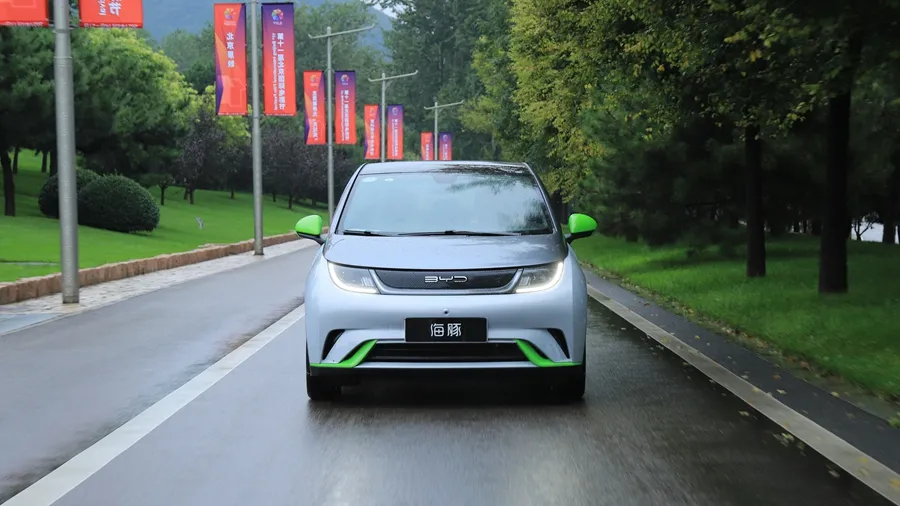
After BYD’s successful penetration into the luxury sedan market, people no longer doubt BYD’s determination to challenge gasoline-powered cars with pure electric cars. However, to succeed in the larger 100k RMB home electric vehicle market, BYD needs to exercise more cost control on top of their success in Han EV.
The launch of BYD Dolphin proves that BYD has such strength.
Technically speaking, BYD Dolphin has clear advantages. It is built on a pure electric car platform, with a deep integration of an eight-in-one electric powertrain, a heat pump-based vehicle thermal management system, and DiLink intelligent network system. Moreover, even for the version with a 405 km range, it only costs 110,000 RMB, which shows its cost-effectiveness.
Obviously, BYD Dolphin is an important model in the 100,000 RMB electric vehicle market, but can it challenge gasoline cars at the same price range? Can it beat Fit, the sales leader at this price range?
With this question, Electric Vehicle Observer conducted a test drive with Dolphin in the heavy rain in Beijing.
Low Energy Consumption Unexpectedly
Is 12.4 kWh/100km of energy consumption low?
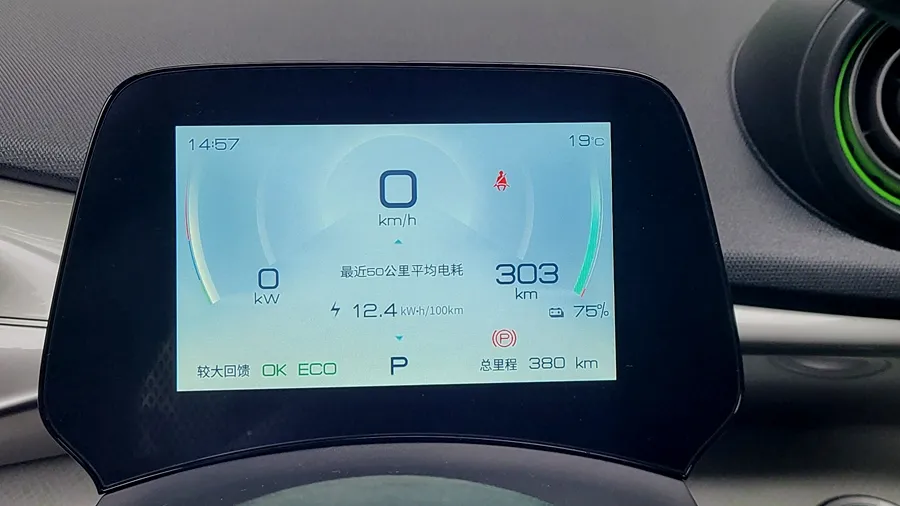
This result is lower than that of similar electric vehicles and was achieved in complex conditions of heavy rain, mountain roads, and full load.
In fact, this BYD Dolphin test drive activity lasted for several days, and many drivers who participated on other dates achieved even lower energy consumption, including some with ultra-low consumption of 10.x kWh/100km.
The average electricity cost of BYD Dolphin per kilometer is less than 1 cent, assuming that each unit of electricity costs 0.7 RMB.
In terms of usage cost, BYD Dolphin has the strength to beat Fit as Fit’s usage cost, even if it is very fuel-efficient, is still around 0.3 RMB per kilometer, considering the gasoline price of 7 RMB per liter, triple that of Dolphin.
So, Dolphin is far ahead in usage cost.
What about power?
The BYD Dolphin for this test drive was a top-of-the-line fashionable version, equipped with a 70kW permanent magnet synchronous motor and a 44.9kWh power battery, which is not the top-of-the-line knight version with the most powerful acceleration. Therefore, we did not have too much confidence in its acceleration ability before the test drive.In heavy rain and fully loaded with four adult males, the BYD Dolphin still performs well in terms of accelerating capability.
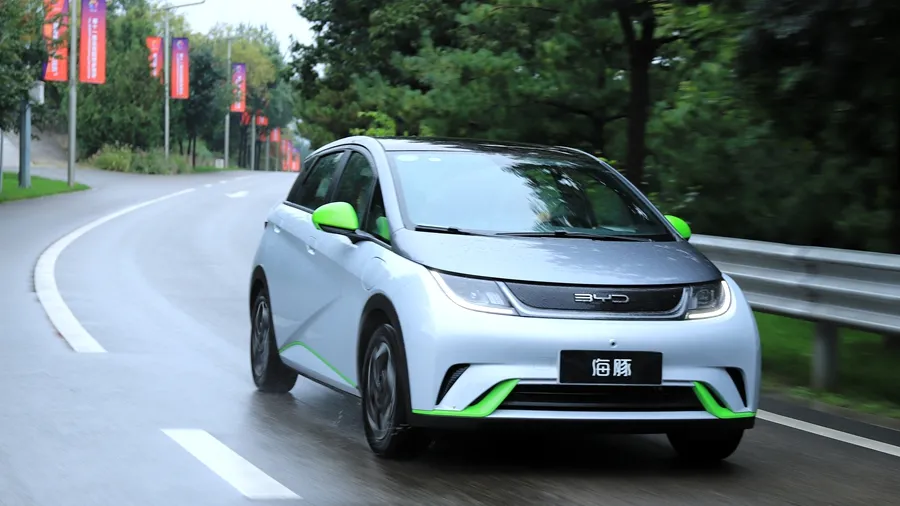
With the sport mode on, the acceleration of the BYD Dolphin is relatively brisk. Even on uphill roads, the sense of acceleration is direct. On the one hand, this is due to the power output characteristics of the motor, and on the other hand, it is also thanks to the advantages of the power calibration of the BYD Dolphin. The acceleration pedal responds quite sensitively in sport mode, making it more suitable for driving within the city.
In terms of steering, the BYD Dolphin’s steering is quite precise, and the overall vehicle handling is good. When turning at low speeds, the inclination is not significant. The difference in the weight of the steering wheel is not significant between ECO and SPORT modes.
The Intelligent Infotainment System Has Fast Response
The performance of the DiLink intelligent connectivity system on the BYD Dolphin can be described as impressive.
The BYD Dolphin is equipped with the DiLink intelligent connectivity system, which strengthens its intelligent voice interaction capabilities. It can easily handle more complex semantics.
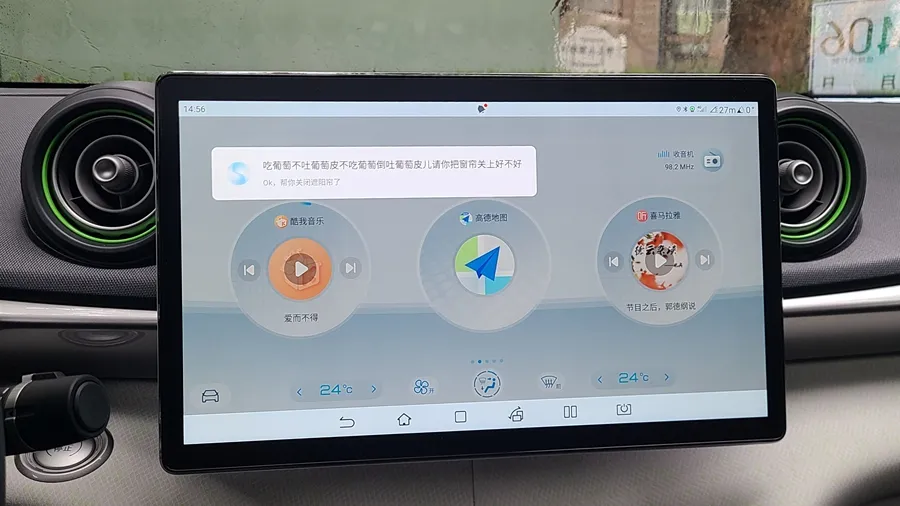
During the test drive, we tried to say to the Dolphin’s DiLink intelligent connectivity system, “If you don’t eat grape, you won’t spit grape skins. If you don’t want to eat grape, you won’t spit grape skins. Could you please close the curtains?” DiLink was able to recognize the sentence correctly and complete the operation of closing the sunroof curtains.
After actual testing, some of the models that focus on intelligent cabins have not been as smooth as the DiLink intelligent connectivity system in terms of voice recognition and function implementation.
In terms of voice interaction speed, the DiLink intelligent connectivity system has also been upgraded. In good network signal conditions, from the driver giving a command to the vehicle system accurately recognizing and responding to the command, it is basically no different from normal communication time between the driver and passengers.
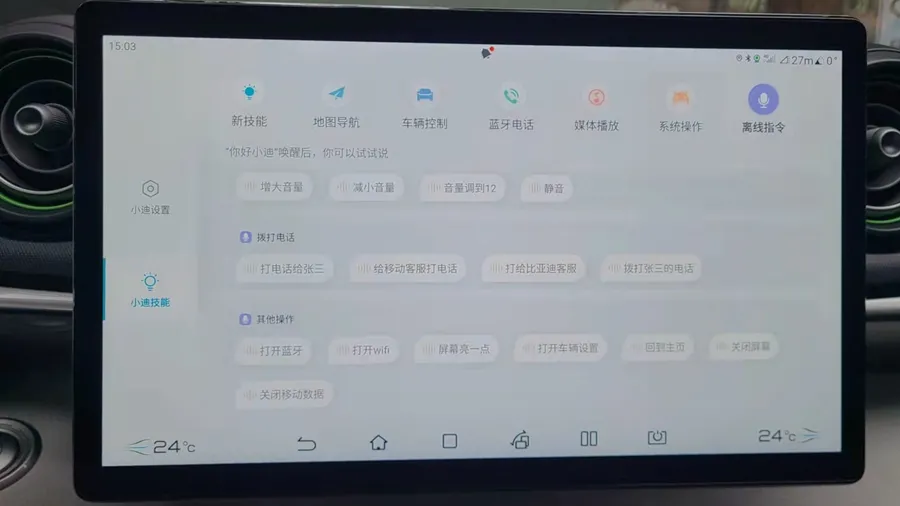
During the test drive, we conducted a simple time influence test with short command sentences such as “Turn on the air conditioning,” “Air conditioning at 24 degrees,” and “Open the windows.” From the time the driver speaks the command, the response time to accurately recognize the voice is generally less than 3 seconds, and the time to begin executing the order generally takes place within 5 seconds.
From the perspective of response speed, recognition rate, and the ability to execute commands correctly, the BYD Dolphin is in a relatively leading position among models of the same price.The central control screen of DiLink intelligent network system still adopts a rotation screen design, but the UI interactive interface has been redesigned with a more modern overall style.
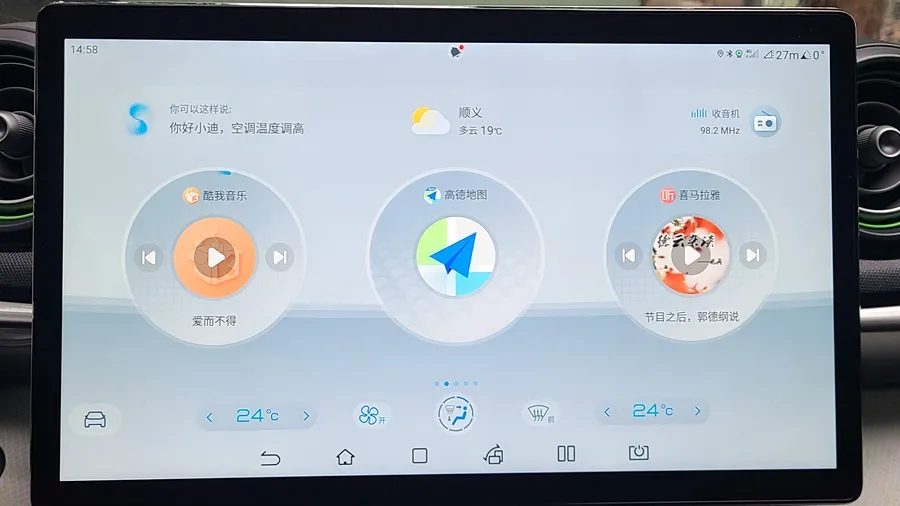
In terms of overall page layout, the DiLink homepage still maintains a traditional style, with three applications arranged on the homepage and support for a pull-down notification menu, as well as air conditioning, vehicle control buttons, and other functions at the bottom. In terms of details, the three shortcut applications on the DiLink homepage also support quick operations for each application. For example, in Ximalaya, you can directly click on the “Previous Song”, “Play / Pause”, and “Next Song” functions on the homepage. At the same time, three independent areas for intelligent voice interaction, weather forecast, and media have been added above the three shortcut applications, and their respective statuses are displayed.
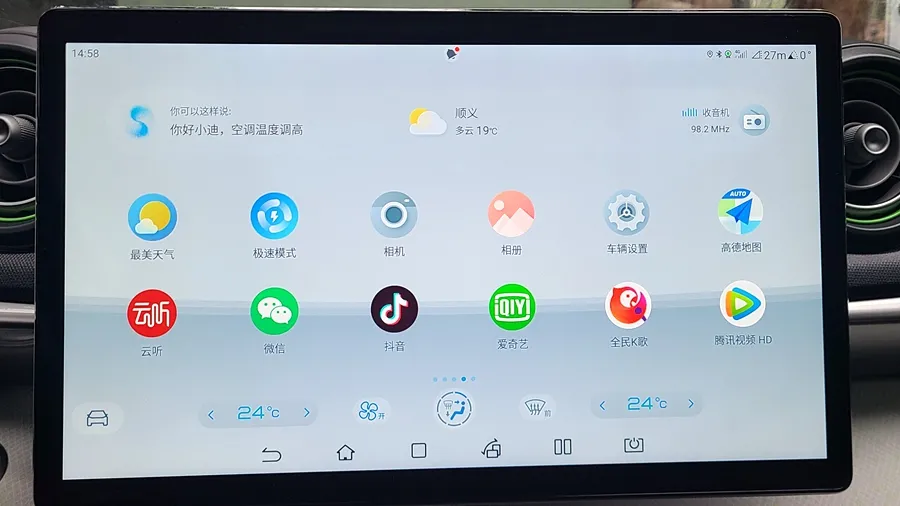
In terms of application programs, the hardware performance of BYD Dolphin’s DiLink intelligent network system has been improved and can support the playback of even higher-definition video programs. In iQiyi and Tencent Video HD, 1080P high bit rate video playback is now supported.
Unlike other car companies’ closed intelligent network systems, DiLink is a more open intelligent network system. It not only has good support for the application programs built into the car’s infotainment system but also has good support for other third-party application programs. Some important categories of applications can support multiple versions provided by different software vendors.
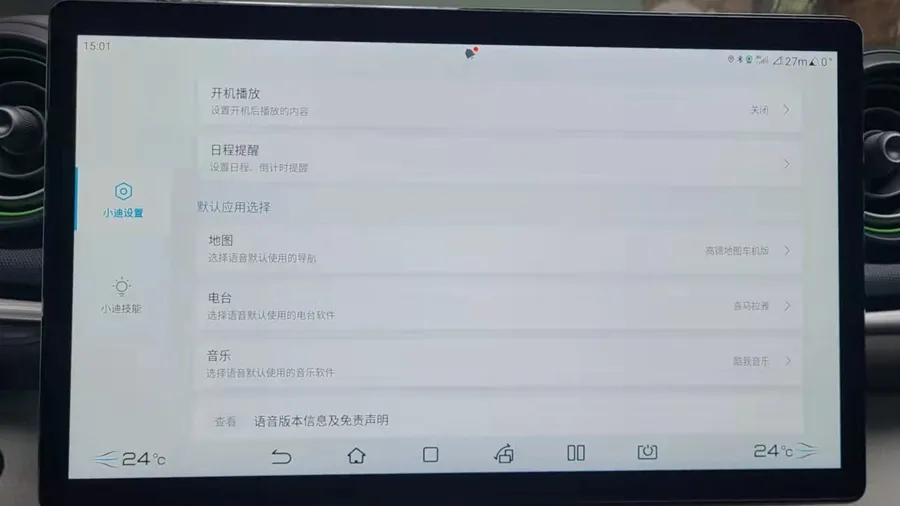
For example, in the map application, DiLink supports both Amap and Baidu Map. The owner only needs to set the default application program in the system and can wake up the corresponding application program through the voice interaction system, which can adapt to different owners’ usage experiences.
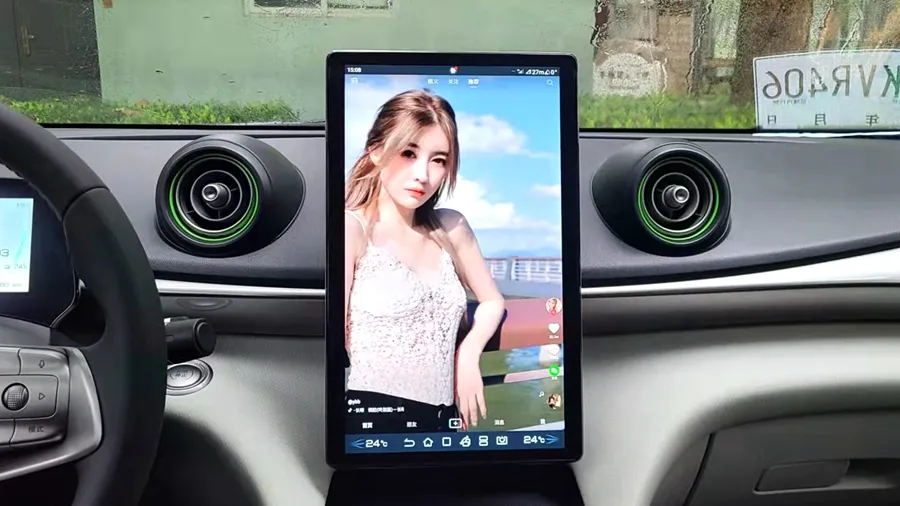
The richness of the application software for DiLink’s intelligent network system ranks relatively high among the models on sale. The system comes with applications such as TikTok, Quanmin K Song, iQiyi, etc., which can greatly satisfy the requirements of car owners for in-vehicle entertainment systems.
e Platform 3.0 technology is innovative.# Dolphin, the first car based on BYD e-Platform 3.0, is equipped with a deeply integrated eight-in-one electric powertrain and a wide-temperature efficient heat pump system. These configurations are relatively rare among vehicles in the same price range.
The e-Platform 3.0 consists of these components which have the characteristics of high efficiency and low consumption. This is also the main reason for the low energy consumption performance of BYD Dolphin in test drives.
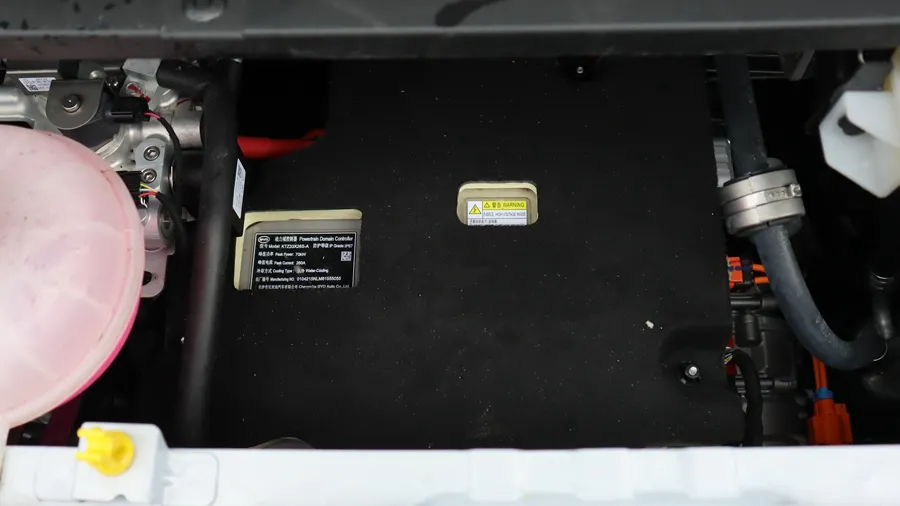
The so-called deeply integrated eight-in-one electric powertrain is the integration of eight components, including three electric drive components: motor, electronic control, and reducer; three power supply components: OBC, DCDC and high-voltage distribution box; as well as Battery Management System (BMS) and Vehicle Control Unit (VCU).
The deep integration can further reduce energy transmission losses, and the overall efficiency of the electric powertrain can reach 89%.
Another important feature of BYD Dolphin is the wide-temperature efficient heat pump system. The entire vehicle thermal management system of Dolphin is also built based on heat pumps.
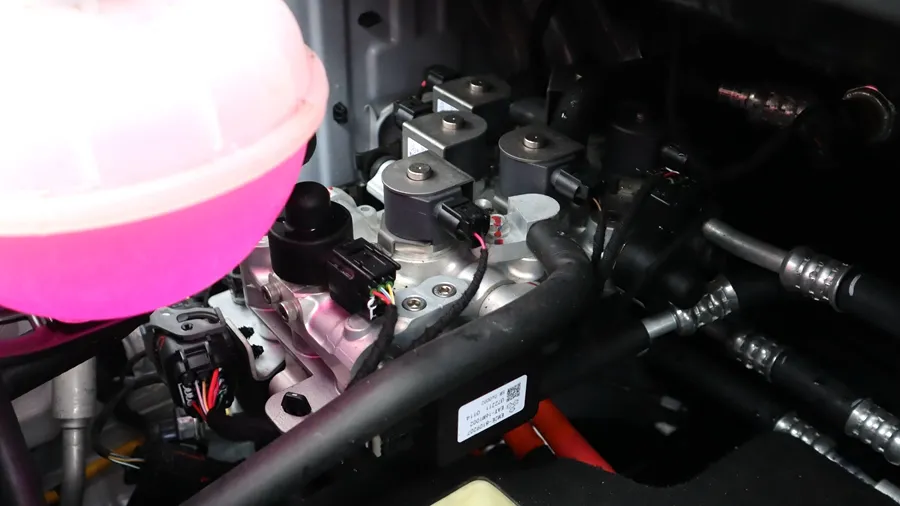
Many car manufacturers have introduced models with heat pump air-conditioning, but in terms of integration, BYD Dolphin’s e-Platform 3.0 is at a leading level.
Firstly, the working temperature range of the heat pump system of this vehicle is wider according to official information, which can achieve a wide range of working temperatures from -30℃ to 40℃, and can increase the maximum winter range by up to 20%.
Secondly, the cabin thermal management, battery pack thermal management, and electric drive system cooling management of Dolphin are inherited through the heat pump system, and the waste heat of the motor can be more fully utilized to improve thermal management efficiency.
In addition to the electric powertrain and thermal management system, BYD Dolphin has also taken the lead in adopting the industry-leading IPB electronic line control braking system for brake energy recovery.
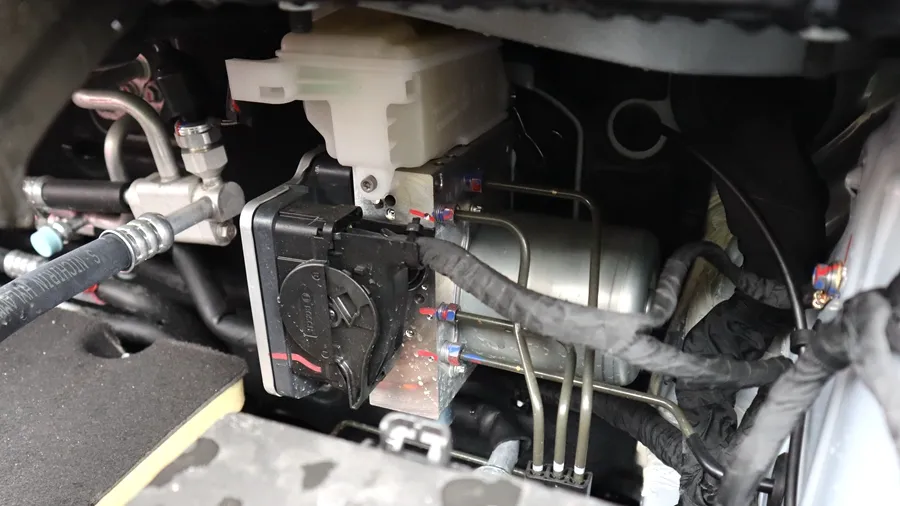
This system has significantly improved regenerative braking efficiency compared to traditional brake systems, and can be integrated with the electric powertrain, placing the regenerative braking system before the electric powertrain to improve overall responsiveness.
Trendy appearance
As the age of first-time car buyers continues to decrease, BYD Dolphin has not forgotten to focus on exterior and interior design to cater to the preferences of young people.
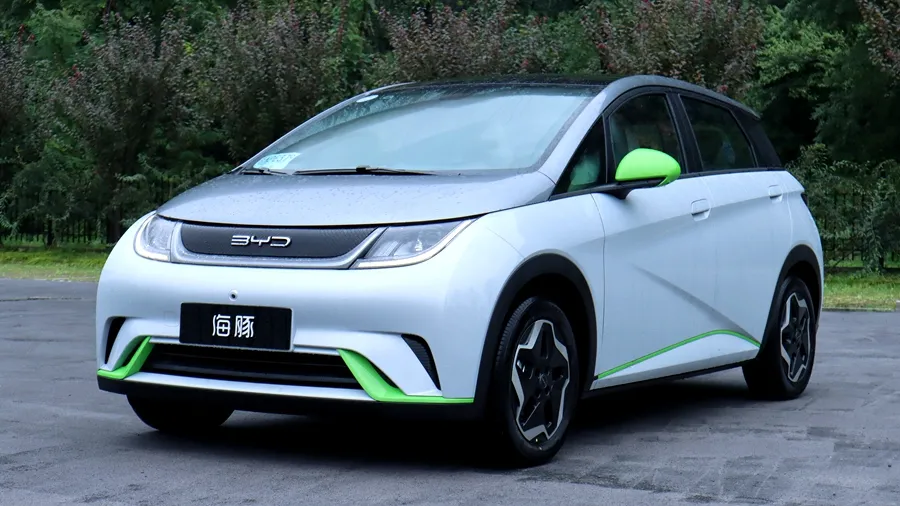 In terms of appearance, BYD Dolphin adopts a multicolor body design and highlights its fashionable characteristics through the detailing of the body.
In terms of appearance, BYD Dolphin adopts a multicolor body design and highlights its fashionable characteristics through the detailing of the body.
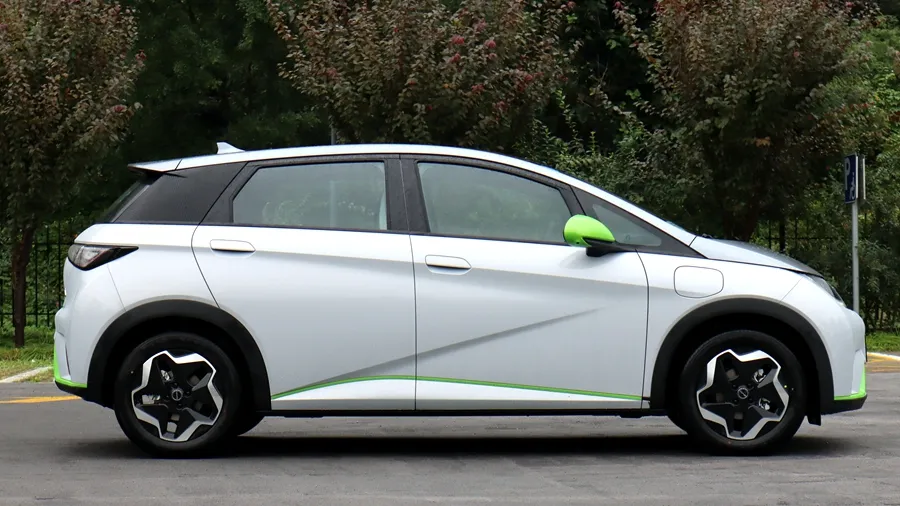
In terms of body color matching, BYD Dolphin has different colored roofs and bodies, and boldly uses contrasting colors in locations such as the bumper and rearview mirror.
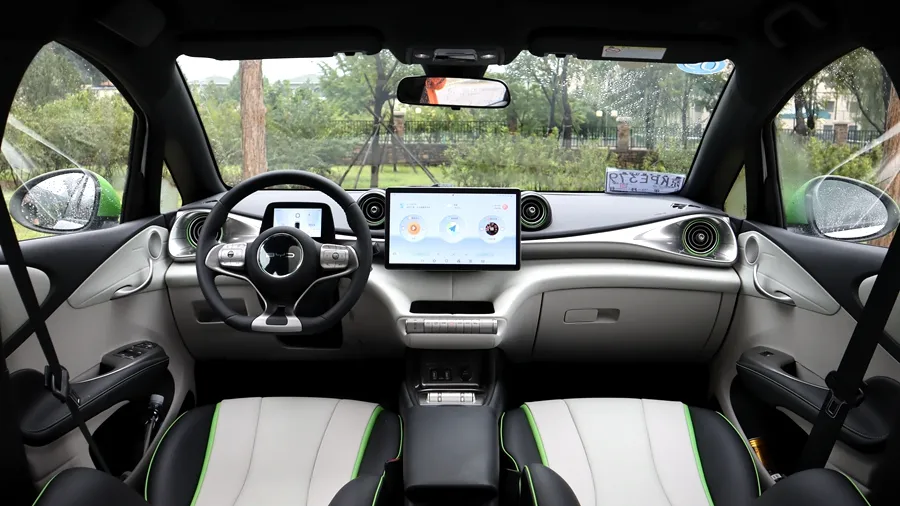
The interior design of Dolphin takes a cute and round route, and adopts the same color design as the exterior in places such as the air conditioning vents and seat stitching.

In terms of body color, Dolphin has seven colors in total – “Baby Gray,” “Dudu White,” “Shanshan Blue,” “Sasa Green,” “Honey Orange,” “Pop Pink,” and “Surfing Blue,” and can be matched with five different color schemes.
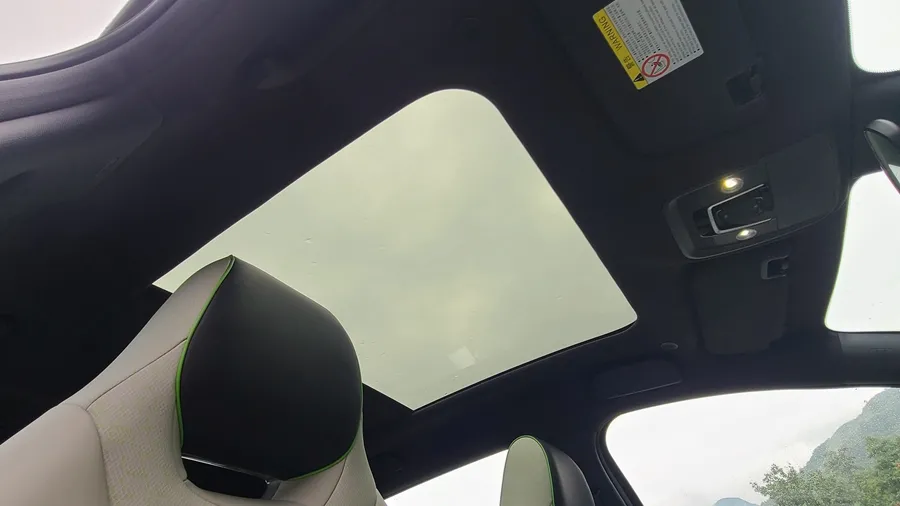
In terms of configuration, Dolphin is equipped with panoramic sunroofs, phone wireless charging panels, and other configurations that are popular among young people.
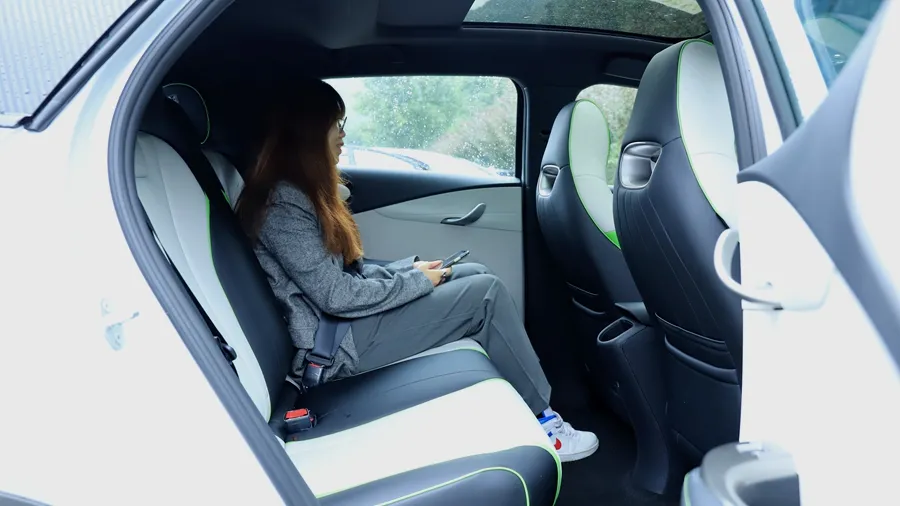
In terms of space, thanks to the 2700mm wheelbase, Dolphin has a good performance in the rear passenger space. In practical use, even adult passengers over 180cm tall and over 80kg in weight can have enough head and knee space in the rear seats.

Worth mentioning is that the rear floor of BYD Dolphin is designed to be flat, and even with three adult passengers in the rear seats, the lateral space can also meet their needs.
Dolphin kicks open the door
Household consumers can accept electric vehicles, but there are no good electric vehicles for them to accept.
After gaining success with Han EV, BYD still needs a car that can lower its price while maintaining its attractiveness, to kick open the door for electric vehicles to enter the family market?
This is the heavy responsibility of BYD Dolphin – to kick open the door for BYD to enter the family sedan market.From a technical standpoint, the BYD Dolphin, which made its debut with the e-platform 3.0, can certainly live up to the hype. In terms of actual user experience, the Dolphin’s low energy consumption, quick acceleration, flexible driving, and spacious interior also cater to Chinese consumers’ preferences.
Most importantly, when it comes to the intelligent configurations that Chinese consumers prefer, the Dolphin’s DiLink intelligent networking system is quite competitive and can definitely outperform many traditional fuel-powered competitors.
It can be said that the Dolphin has all the necessary basic qualifications to succeed and judging by its order status since its launch, it is more than capable of meeting the challenge.
Given the general lack of production capacity in the electric vehicle industry, BYD will need to keep up with production and sales in order to capitalize on the Dolphin’s potential.
Regardless, the Dolphin’s debut comes at the perfect time.
This article is a translation by ChatGPT of a Chinese report from 42HOW. If you have any questions about it, please email bd@42how.com.